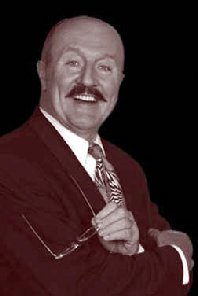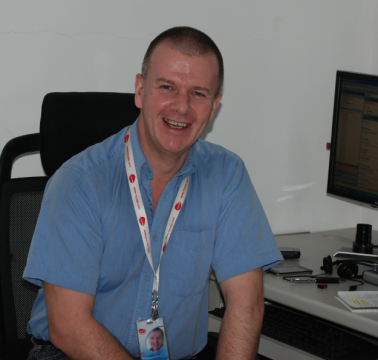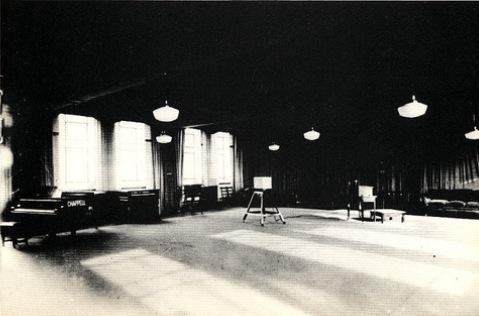Gordon Astley worked on ‘The Archers’ in the 1960s, at the BBC studio in Broad Street, Birmingham, and remembers using one of the first Mellotrons to play in the sound effects. Apparently John Lennon had the other Mellotron which was used on ‘Strawberry Fields’.
The Mellotron looked like an electronic keyboard – it was an electro-mechanical, polyphonic tape replay keyboard, which was developed and made in Birmingham. It was the first sample playback keyboard for music. Each key allowed the playing in of pre-recorded sounds. The Mellotron had a major impact on the rock music of the 1970s.
Gordon Astley went on to present on the final series of Tiswas in 1982, and on various local radio stations, including Radio WM.
Peter Poole remembers that the Mellotron was in the Dubbing Theatre at Pebble Mill in 1976. By then it was very unreliable and little used.
Martin from Streetly Electronics, who knows about Mellotrons has added the following information: ‘The mellotron used by the BBC was one of approx. 60 SFX versions of the instrument that were loaded with 1260 sound effects from the BBC library. Hissy owls and scratchy gunfire were the trademarks but in the mid 60s it was a miracle machine for dubbing to radio and tv productions including live broadcasts. John Lennon’s instrument can be seen on our website – mellotronics.com.’





